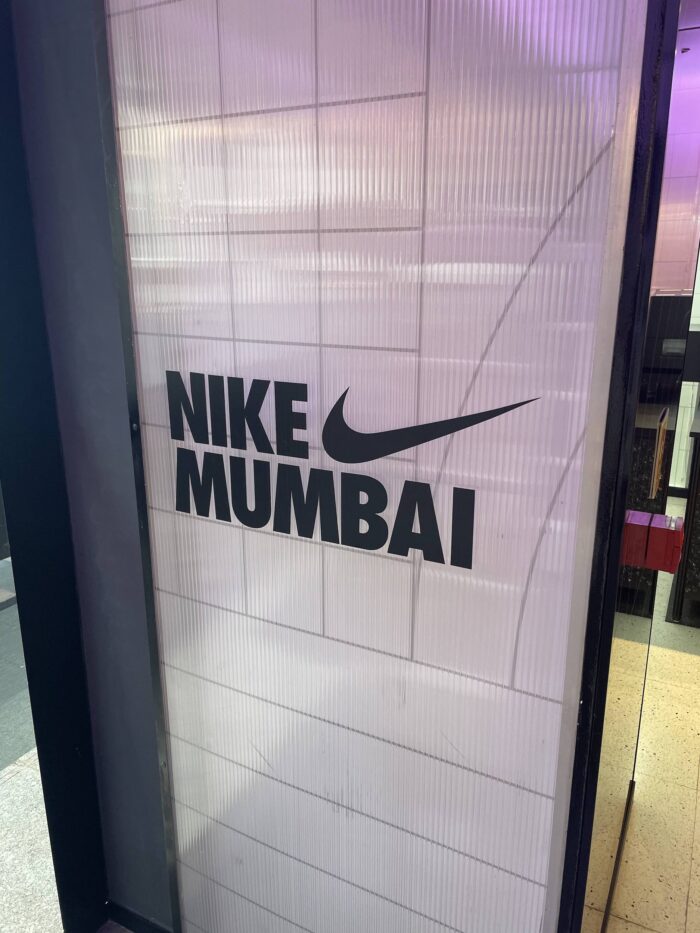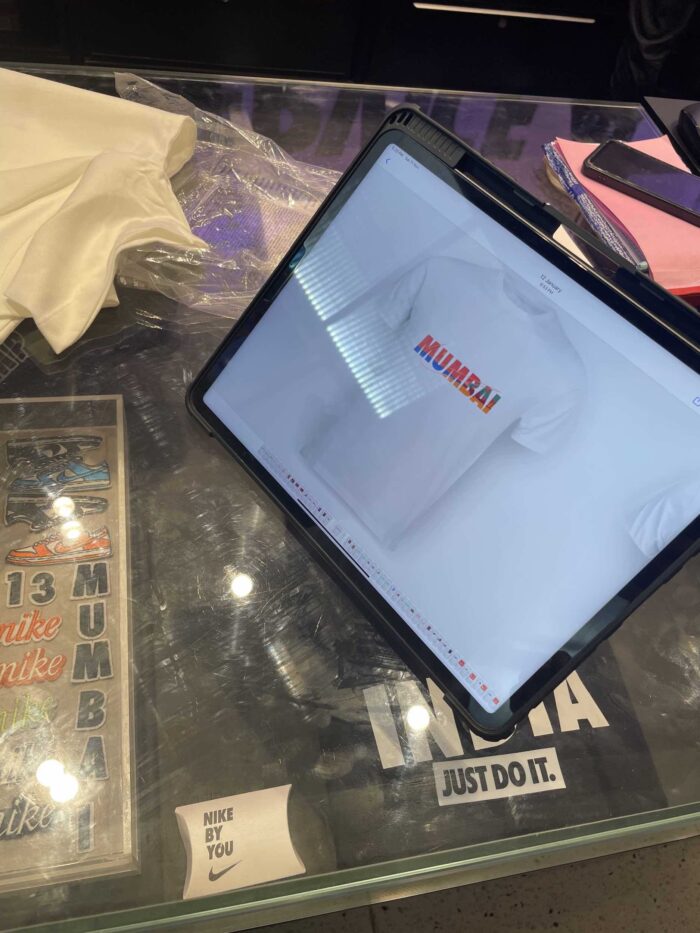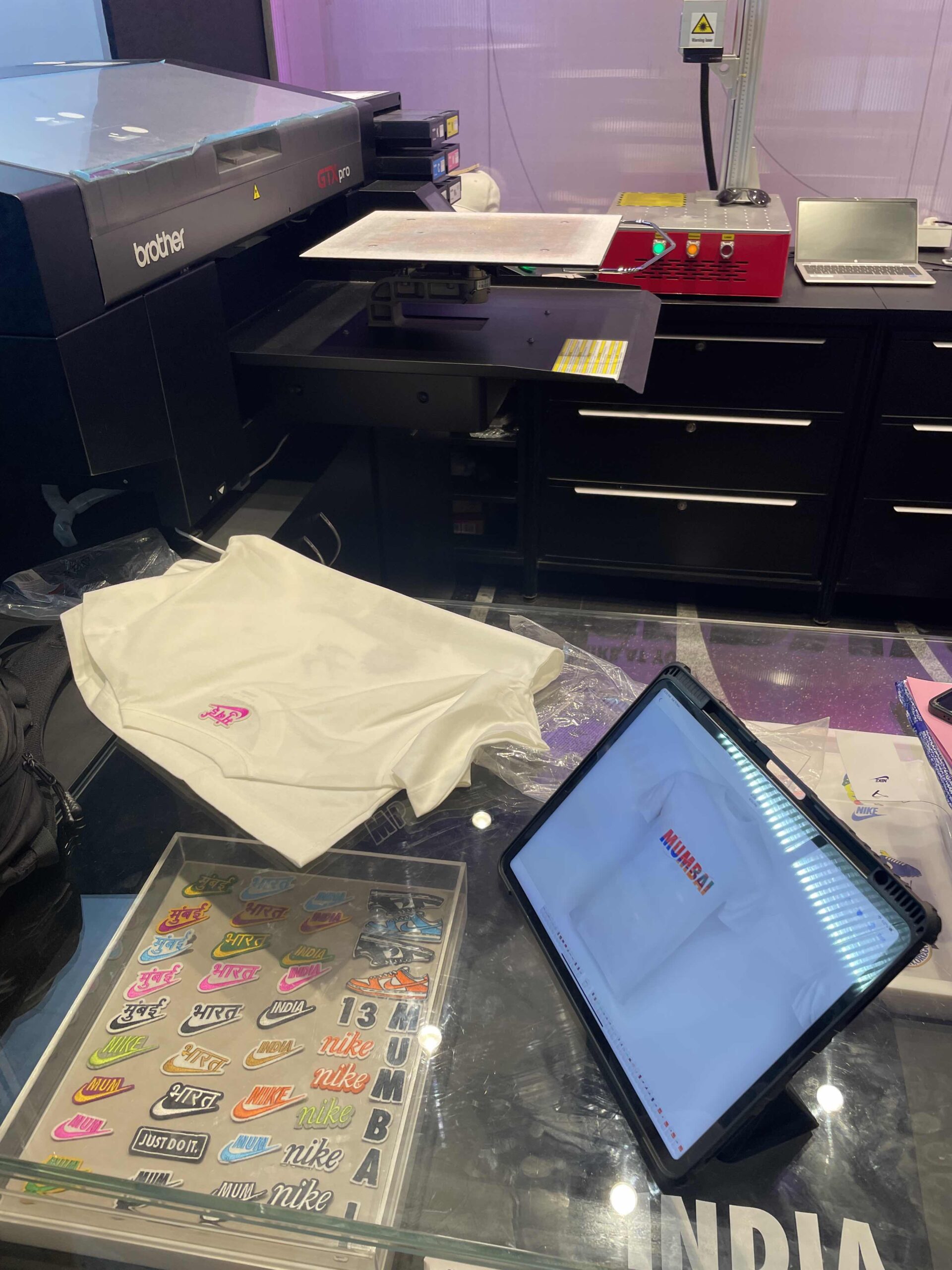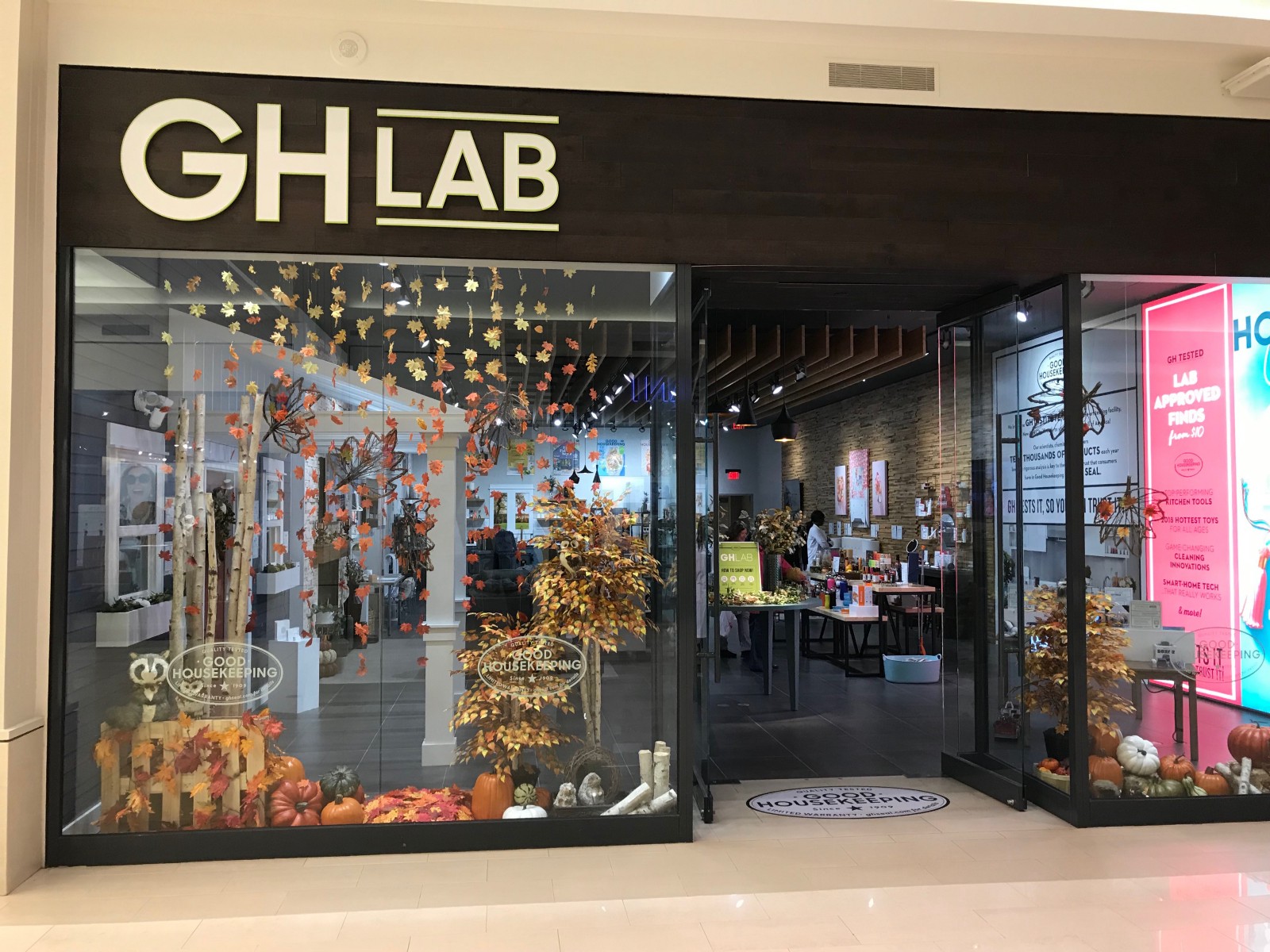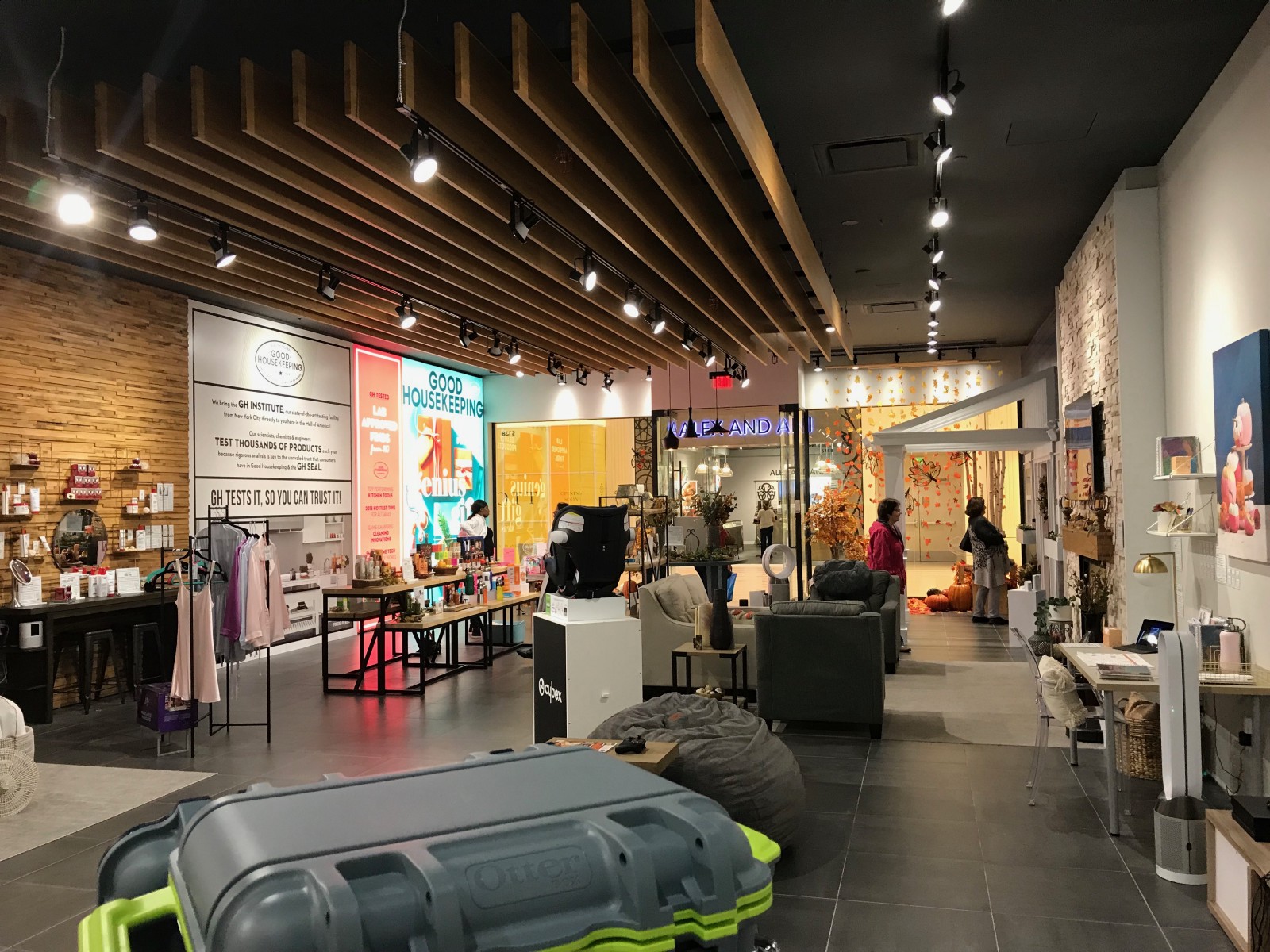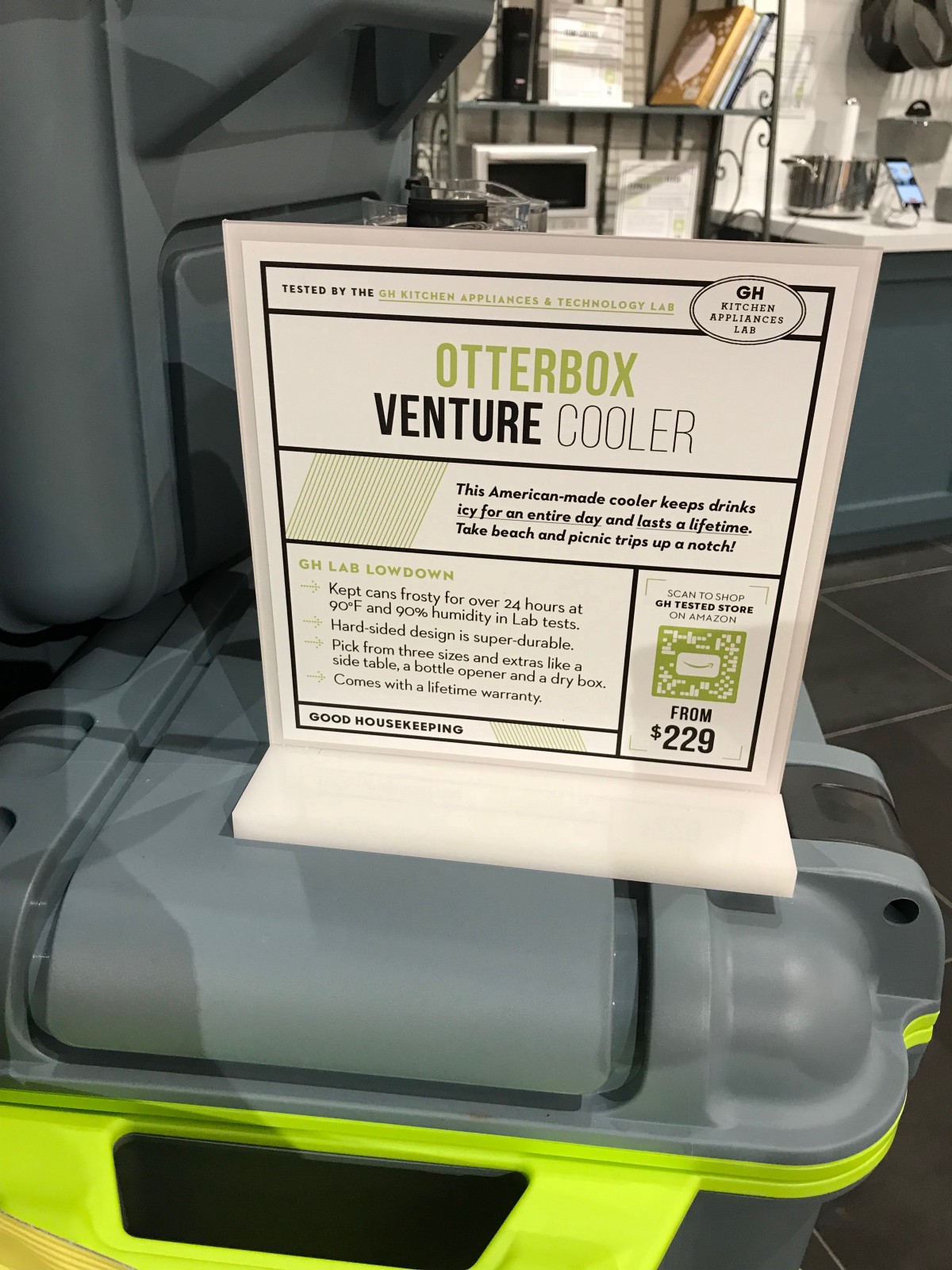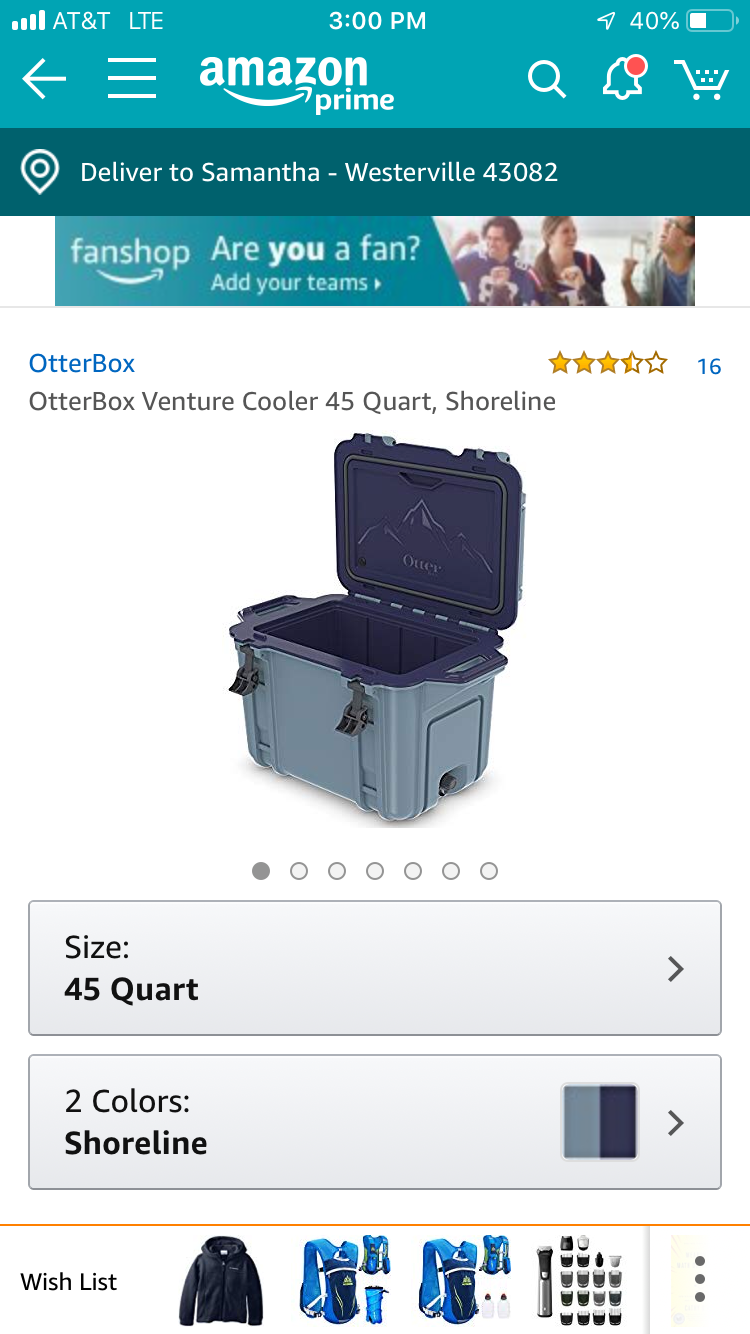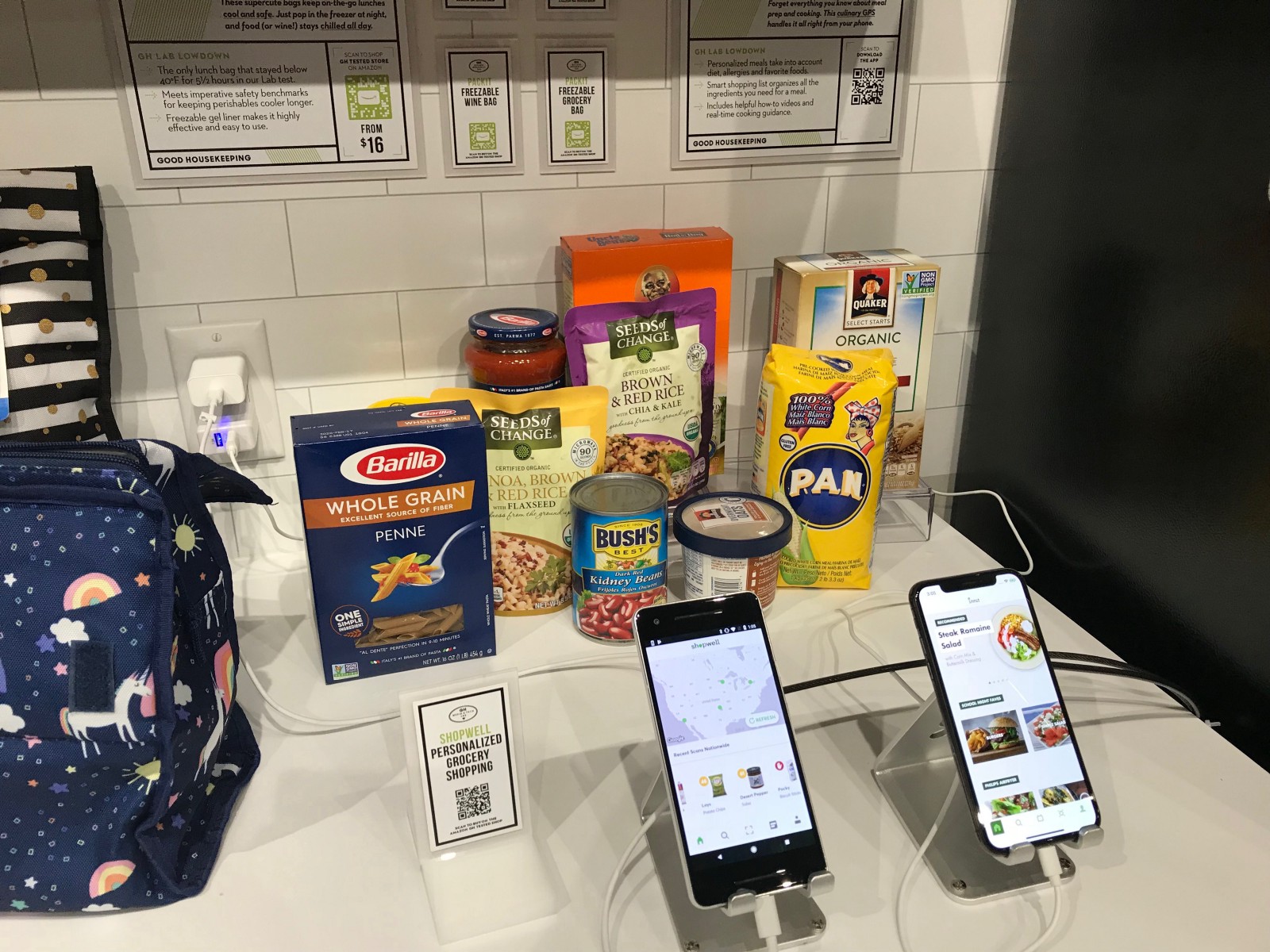Nike in Mumbai.
Upon our return from a few weeks in Mumbai, my family and I embarked on a quest that perfectly encapsulates the interests of my two boys, aged 13 and 10. Their fascination with all things typical of their age—video games, popular YouTubers, and the allure of Nike—led us to a mission: hunting for Nike stores and also intriguing knockoffs in places like Fashion Street, nestled within the bustling cityscape.
Meanwhile, my personal quest was more straightforward: I sought a Nike Mumbai shirt. Having collected Nike shirts from various cities worldwide—Shanghai, London—finding a Mumbai edition was a priority. However, our initial store visit turned up empty-handed. It was a helpful store associate who steered us toward the Nike outlet at Palladium Mall, sensing both my desire and the boys’ potential delight in the search.
The Palladium store proved to be an unexpected treasure trove. While the customary Nike station for personalized tees and hats was there, what truly astonished us was the collaboration with local artists. These creative minds ingeniously wove iconic city landmarks and cultural motifs into Nike designs, paying homage to the essence of Mumbai and India. Adding another layer of magic, the fusion of artists and Nike extended to an Instagram AR filter, animating these unique designs on our phones.

In my globetrotting adventures, I’ve encountered an array of anticipated designs. Even within high-end retailers, the beauty of unexpected designs has become somewhat predictable. Yet, what Nike accomplished in partnership with local designers left a lasting impression on me.
As a family, adorned in our newfound Nike shirts, we’re not just wearing fabric—we’re sporting cherished memories. This experience has deepened our appreciation for Nike, intertwining our passion for the brand with the rich tapestry of Mumbai’s culture.
